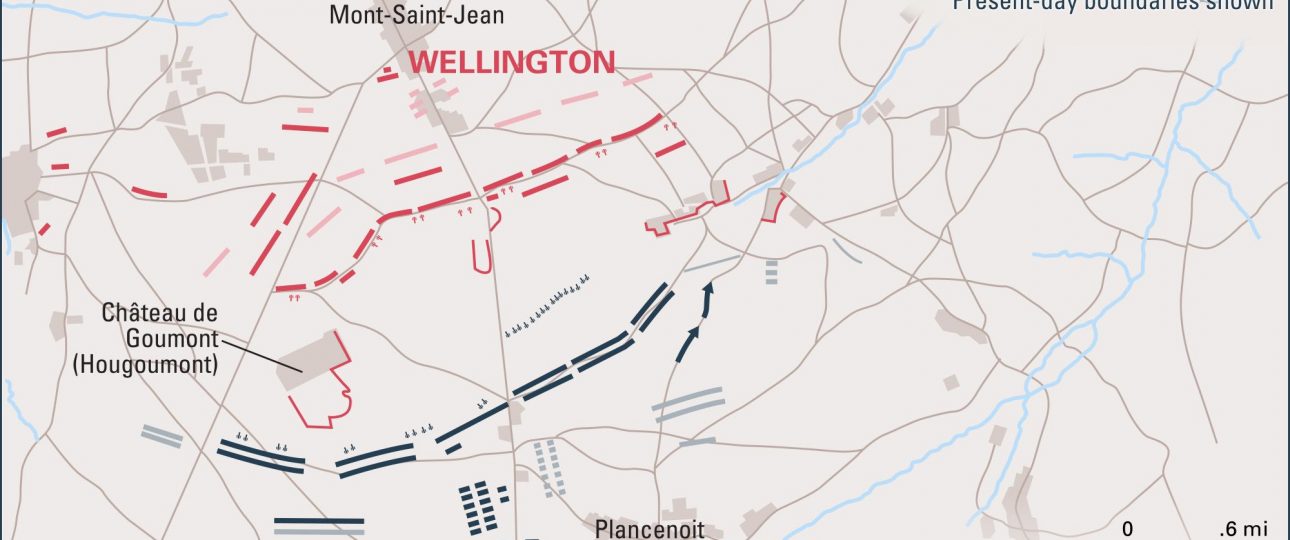Waterloo Battlefield – Belgium
About Waterloo Battlefield
Waterloo Battlefield in Belgium is a site of immense historical importance. It was here, on June 18, 1815, that Napoleon Bonaparte faced his final defeat. This battle reshaped Europe’s political landscape, marking the end of the Napoleonic Wars. The Duke of Wellington led the allied forces, which included British, Prussian, and Dutch troops, to victory against Napoleon’s army.
Exploring Waterloo Battlefield
The Lion’s Mound
The Lion’s Mound is a prominent feature of the battlefield. This 43-meter-high artificial hill offers a panoramic view of the surrounding area. Climb its 226 steps to see the battlefield as it was on the day of the battle. The mound is topped with a lion statue facing south towards Paris, symbolizing the end of Napoleon’s ambitions.
Hougoumont Farm
Hougoumont Farm played a crucial role in the battle. It was a fortified position that withstood repeated attacks from Napoleon’s forces. Today, visitors can explore the restored buildings and learn about the fierce defense that took place here.
Visitor Center and Museum
Start your visit at the Visitor Center and Museum. This facility offers interactive exhibits and multimedia presentations that provide a comprehensive understanding of the battle. The museum is located underground near the Lion’s Mound and includes artifacts from the battle.
Best Time to Visit
Visit during spring or autumn for mild weather and beautiful scenery. These seasons offer a more pleasant experience compared to the crowded summer months. The landscape is particularly stunning with spring blooms or autumn foliage.
How to Get There
Reaching Waterloo Battlefield is straightforward. If driving, take the R0 motorway and exit at 25. Free parking is available near the Lion’s Mound. For public transport, the most convenient option from Brussels is the hourly TEC bus to Charleroi, which stops 300 meters from the Lion’s Mound. Alternatively, take a train to Braine-l’Alleud Station, which is 2.5 kilometers from the site. Avoid using the Waterloo Train Station, as it is further away.
Local Transportation
Once at the battlefield, explore on foot. The area is well-marked with signs and walking paths. For a deeper understanding, consider joining a guided tour led by experts who can provide insights into the historical significance of various sites.
Summary of Facts
- The Battle of Waterloo occurred on June 18, 1815, marking Napoleon’s final defeat.
- The Lion’s Mound offers a panoramic view of the battlefield.
- Hougoumont Farm was a key defensive position during the battle.
- The Visitor Center and Museum provide interactive exhibits and multimedia presentations.
- Visit in spring or autumn for the best experience.
- Accessible by car via the R0 motorway or by public transport from Brussels.
- Explore on foot or join guided tours for detailed insights.




